Young Eun Kim
Statistical Analysis by Semiparametric Additive Regression and LSTM-FCN Based Hierarchical Classification for Computer Vision Quantification of Parkinsonian Bradykinesia
Mar 31, 2024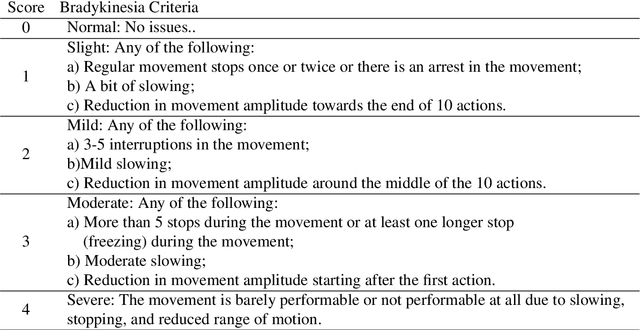

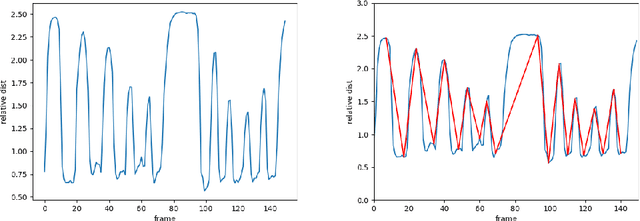
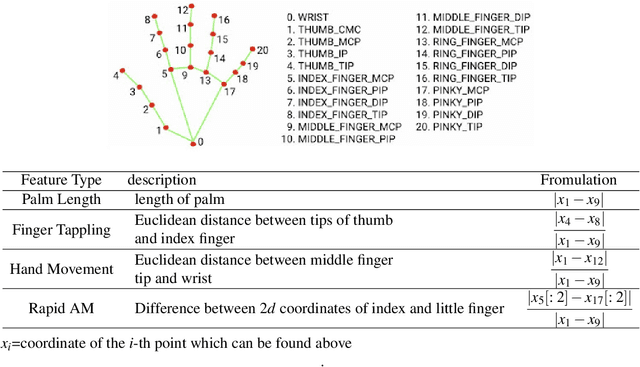
Abstract:Bradykinesia, characterized by involuntary slowing or decrement of movement, is a fundamental symptom of Parkinson's Disease (PD) and is vital for its clinical diagnosis. Despite various methodologies explored to quantify bradykinesia, computer vision-based approaches have shown promising results. However, these methods often fall short in adequately addressing key bradykinesia characteristics in repetitive limb movements: "occasional arrest" and "decrement in amplitude." This research advances vision-based quantification of bradykinesia by introducing nuanced numerical analysis to capture decrement in amplitudes and employing a simple deep learning technique, LSTM-FCN, for precise classification of occasional arrests. Our approach structures the classification process hierarchically, tailoring it to the unique dynamics of bradykinesia in PD. Statistical analysis of the extracted features, including those representing arrest and fatigue, has demonstrated their statistical significance in most cases. This finding underscores the importance of considering "occasional arrest" and "decrement in amplitude" in bradykinesia quantification of limb movement. Our enhanced diagnostic tool has been rigorously tested on an extensive dataset comprising 1396 motion videos from 310 PD patients, achieving an accuracy of 80.3%. The results confirm the robustness and reliability of our method.
Domain Generalization with Pseudo-Domain Label for Face Anti-Spoofing
Jul 14, 2021

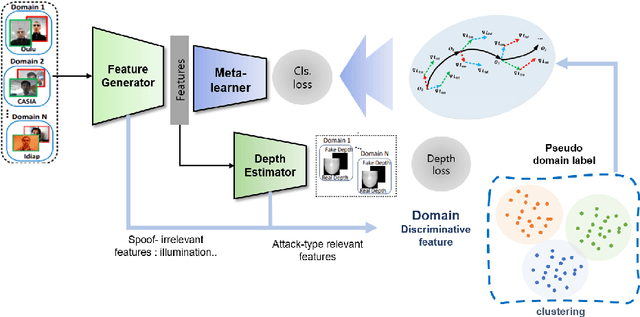
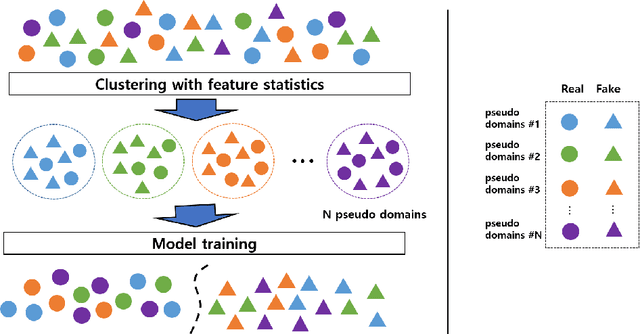
Abstract:Face anti-spoofing (FAS) plays an important role in protecting face recognition systems from face representation attacks. Many recent studies in FAS have approached this problem with domain generalization technique. Domain generalization aims to increase generalization performance to better detect various types of attacks and unseen attacks. However, previous studies in this area have defined each domain simply as an anti-spoofing datasets and focused on developing learning techniques. In this paper, we proposed a method that enables network to judge its domain by itself with the clustered convolutional feature statistics from intermediate layers of the network, without labeling domains as datasets. We obtained pseudo-domain labels by not only using the network extracting features, but also using depth estimators, which were previously used only as an auxiliary task in FAS. In our experiments, we trained with three datasets and evaluated the performance with the remaining one dataset to demonstrate the effectiveness of the proposed method by conducting a total of four sets of experiments.
 Add to Chrome
Add to Chrome Add to Firefox
Add to Firefox Add to Edge
Add to Edge